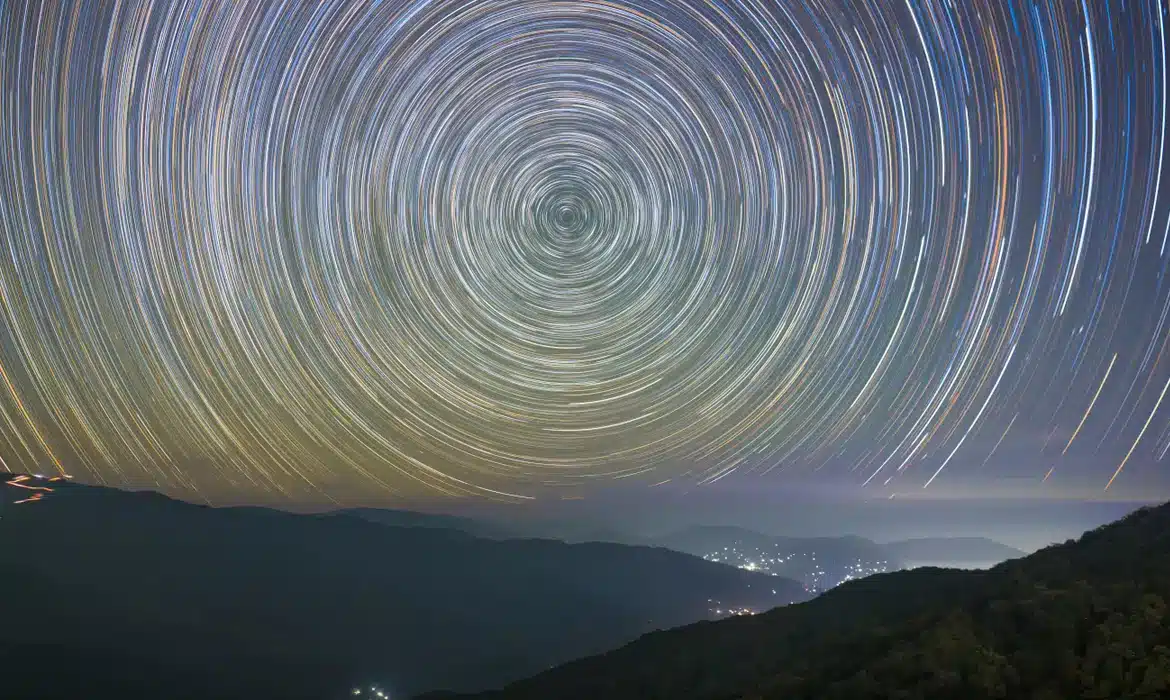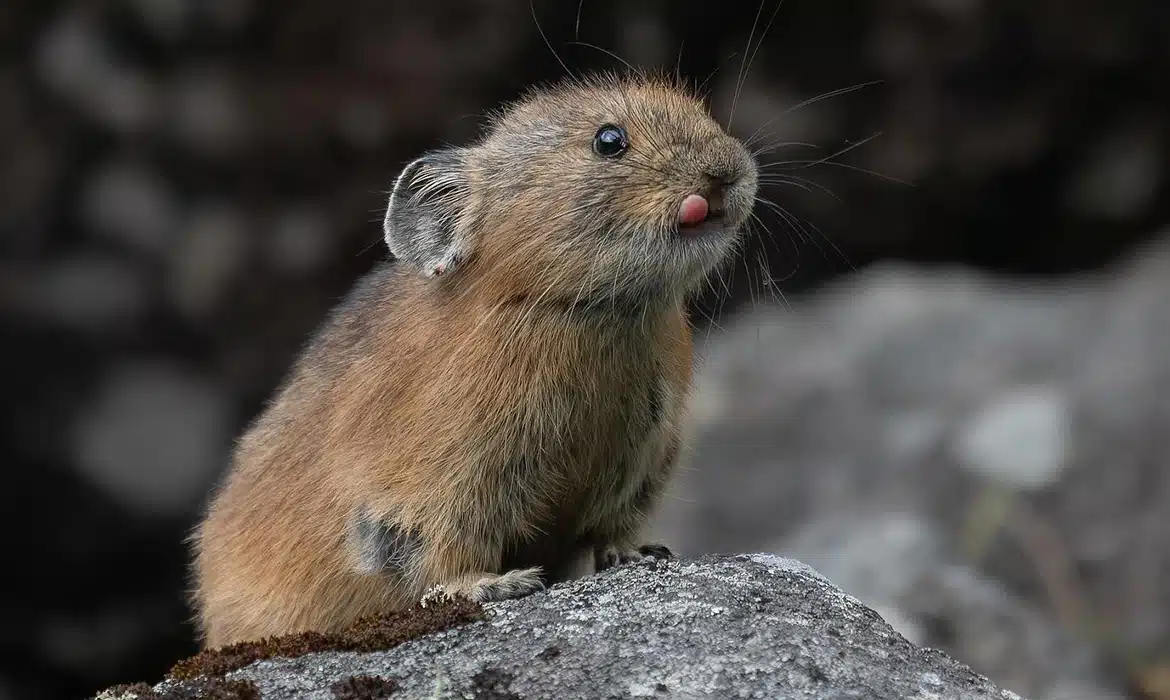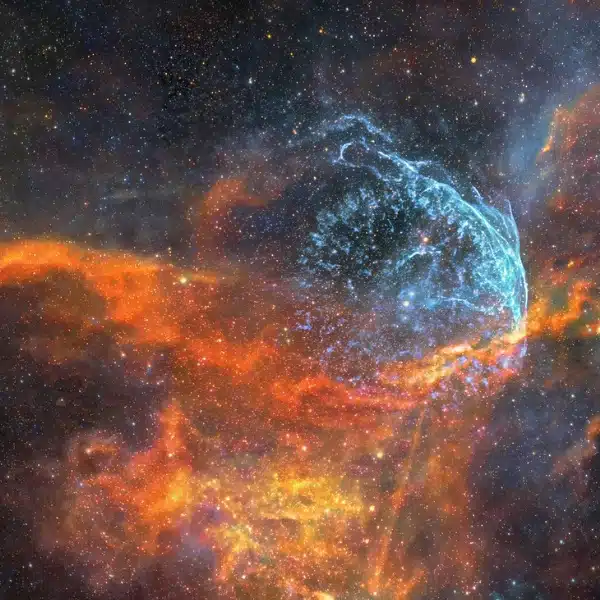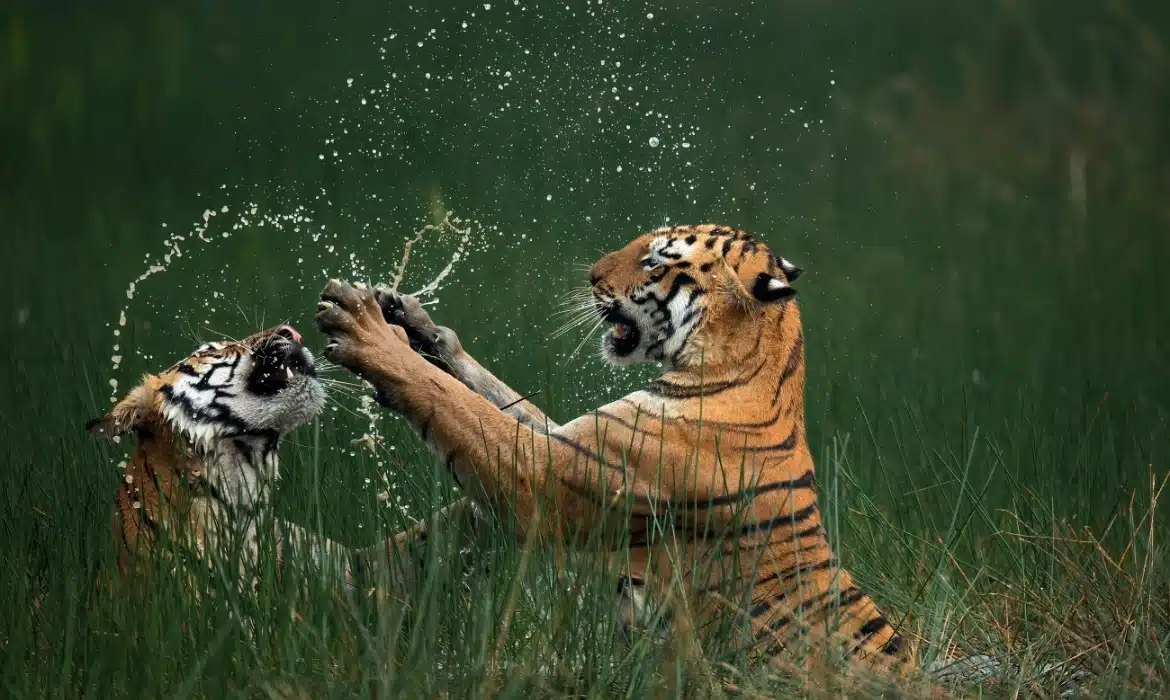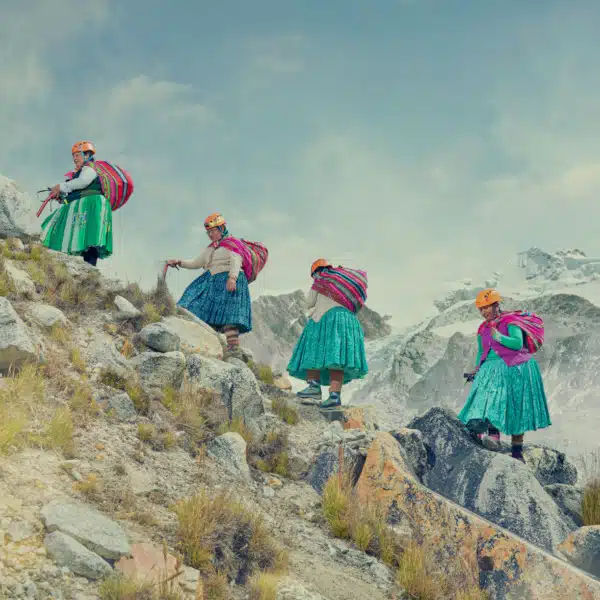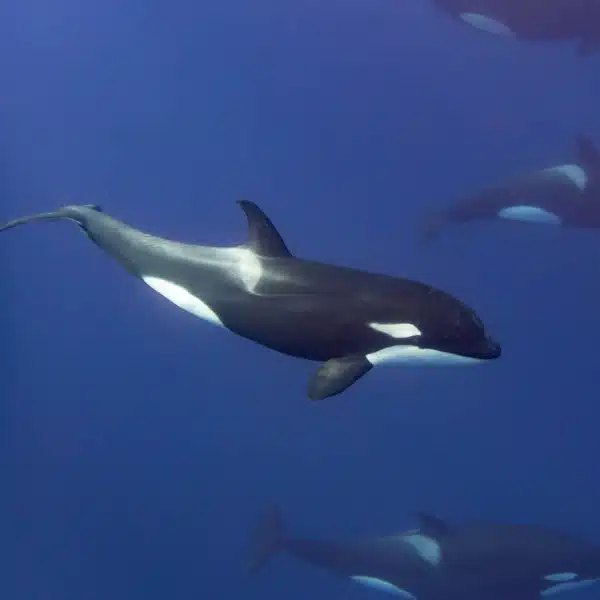Astrophotographer Travels to the Border of India and Nepal to Capture Spectacular Views of Night Sky
Singalila National Park is an extremely popular spot in Eastern India. Located at an altitude of more than 7,000 feet above sea level and amazing views of the Himalayas, it's a dream destination for mountain lovers. However, astrophotographer Soumyadeep Mukherjee visited this scenic spot for a different reason—the presence of a dark, Bortle 2 sky, which gave him the chance to capture breathtaking shots of the Milky Way and, most importantly, of comet Tsuchinshan-ATLAS.
